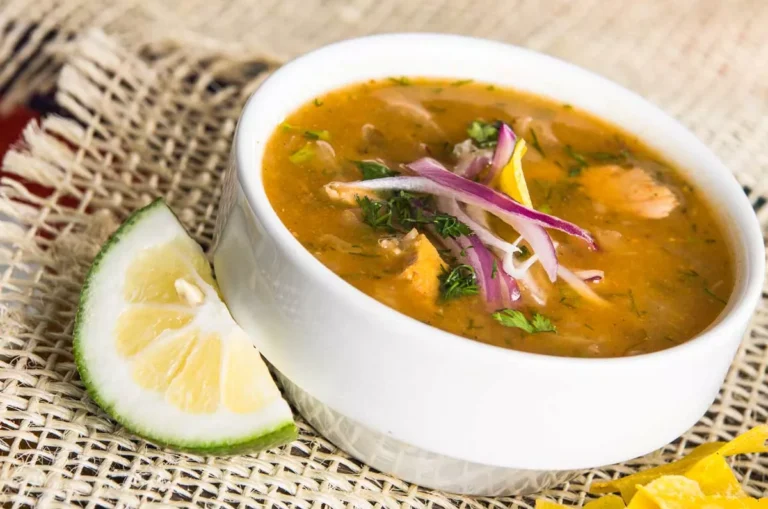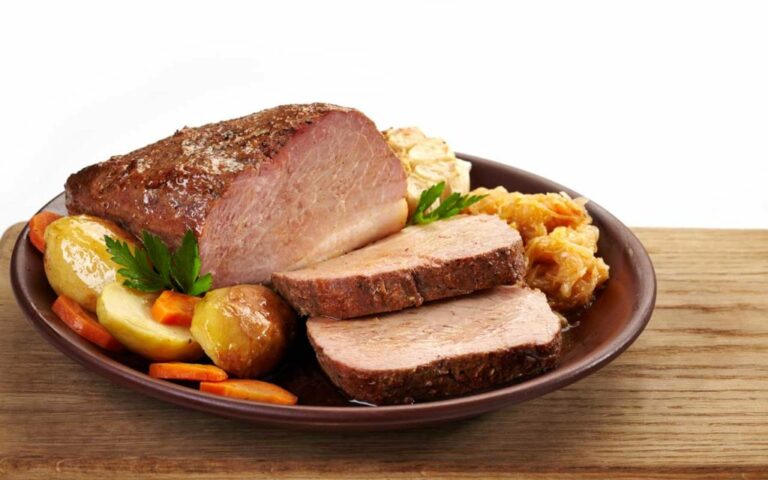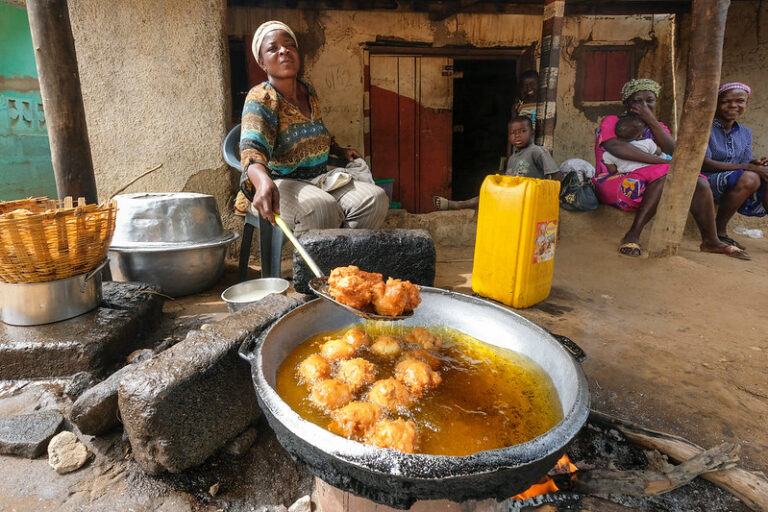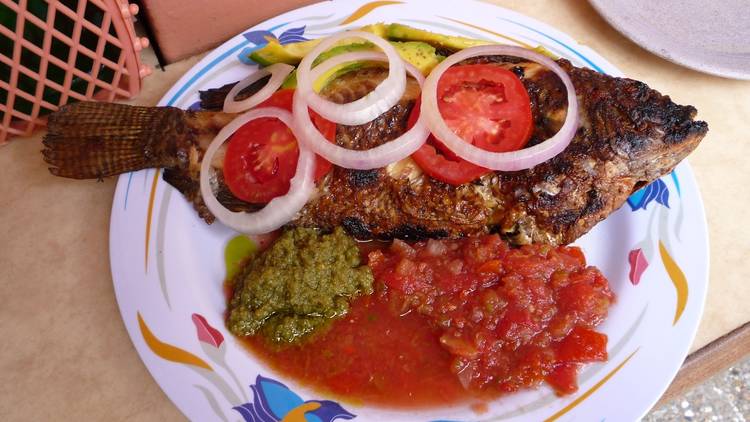Introduction to Dominican cuisine
Dominican cuisine is a fusion of African, Spanish, and indigenous flavors and cooking techniques. The cuisine is known for its bold flavors and use of tropical ingredients such as plantains, yucca, and coconut. The history of Dominican cuisine is a reflection of the country’s complex past, which includes the influence of Indigenous Tainos, Spanish colonizers, African slaves, and other Caribbean cultures.
Pre-Columbian influences on Dominican cuisine
The Tainos, who inhabited the Dominican Republic before the arrival of the Spanish, had a significant influence on the cuisine. They introduced a variety of ingredients such as corn, sweet potatoes, and cassava, which are still integral to the Dominican diet. The Tainos also developed cooking techniques such as roasting and baking, which are still used today.
Spanish colonization and Dominican cuisine
The Spanish colonizers brought with them a variety of ingredients from Europe and Africa, including rice, wheat flour, and spices. They also introduced new cooking techniques such as frying, which led to the creation of dishes like chicharrones and empanadas. The Spanish also introduced cattle and pigs to the Dominican Republic, which led to the development of dishes like asado and chivo guisado.
African and Caribbean influences on Dominican cuisine
African slaves were brought to the Dominican Republic to work on sugar plantations. They brought with them their culinary traditions, which included the use of spices and cooking techniques such as stewing and braising. African influence can be seen in dishes like sancocho, a stew made with meat, vegetables, and spices.
Caribbean influences on Dominican cuisine can be seen in dishes like arroz con coco, a rice dish made with coconut milk, which is common in other Caribbean countries as well.
Development of traditional Dominican dishes
Dominican cuisine has evolved over time, with traditional dishes like mangú, a mashed plantain dish, and sancocho, remaining popular. Other traditional dishes include la bandera, a dish consisting of rice, beans, and meat, and pastelón, a plantain-based casserole.
Modern influences on Dominican cuisine
Modern influences on Dominican cuisine include the incorporation of international ingredients and cooking techniques. Fusion cuisine, which combines traditional Dominican flavors with other international cuisines, has become increasingly popular in recent years.
Popular Dominican dishes and ingredients
Some of the most popular dishes in the Dominican Republic include arroz con pollo, a chicken and rice dish, and mofongo, a mashed plantain dish. Other popular ingredients include plantains, yucca, and coconut.
Conclusion: the rich history of Dominican cuisine
Dominican cuisine is a reflection of the country’s complex past and the influence of various cultures. From the Tainos and Spanish colonizers to African slaves and Caribbean neighbors, each group has contributed to the development of Dominican cuisine. Today, traditional dishes remain popular, while modern influences have led to the creation of new, innovative dishes. As the cuisine continues to evolve, it remains a vital part of Dominican culture and identity.










